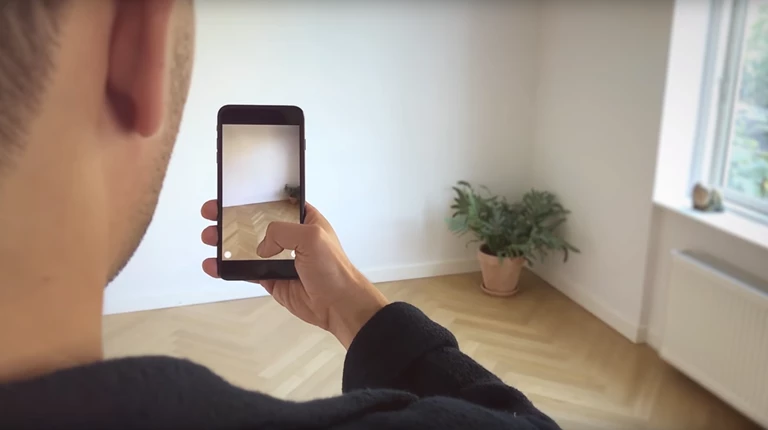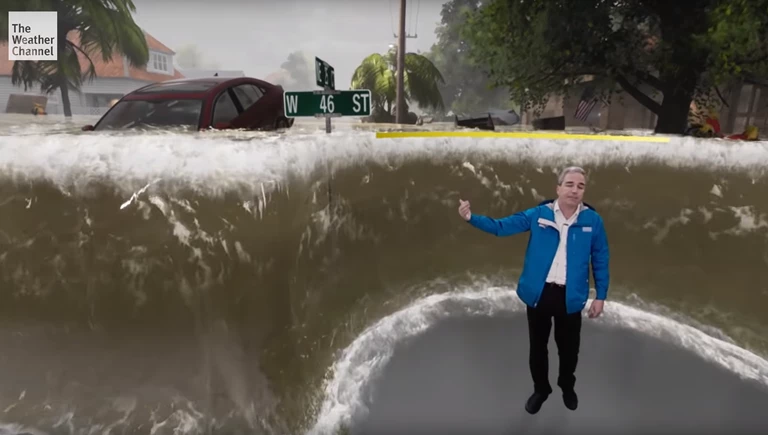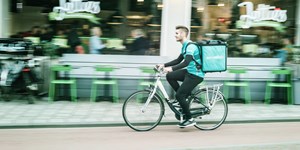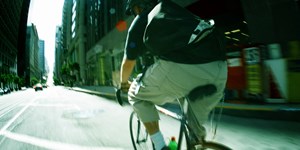A variety of realities
“As a future game architect, I became fascinated at a young age by the different types of realities that exist and their individual qualities. Combining reality as we know it with a virtual version of it creates an endless number of possibilities, as well being useful in other ways. For example, you can improve existing situations, make more informed choices and decisions and reduce the number of errors, as well as get people actively involved in developing their communities. You can also use it, for example, to prepare prisoners for their reintegration into society by presenting them with a virtual version of what life ‘on the outside’ is really like. As you can see, there are all kinds of categories of people who benefit in some way from these alternate realities.”






